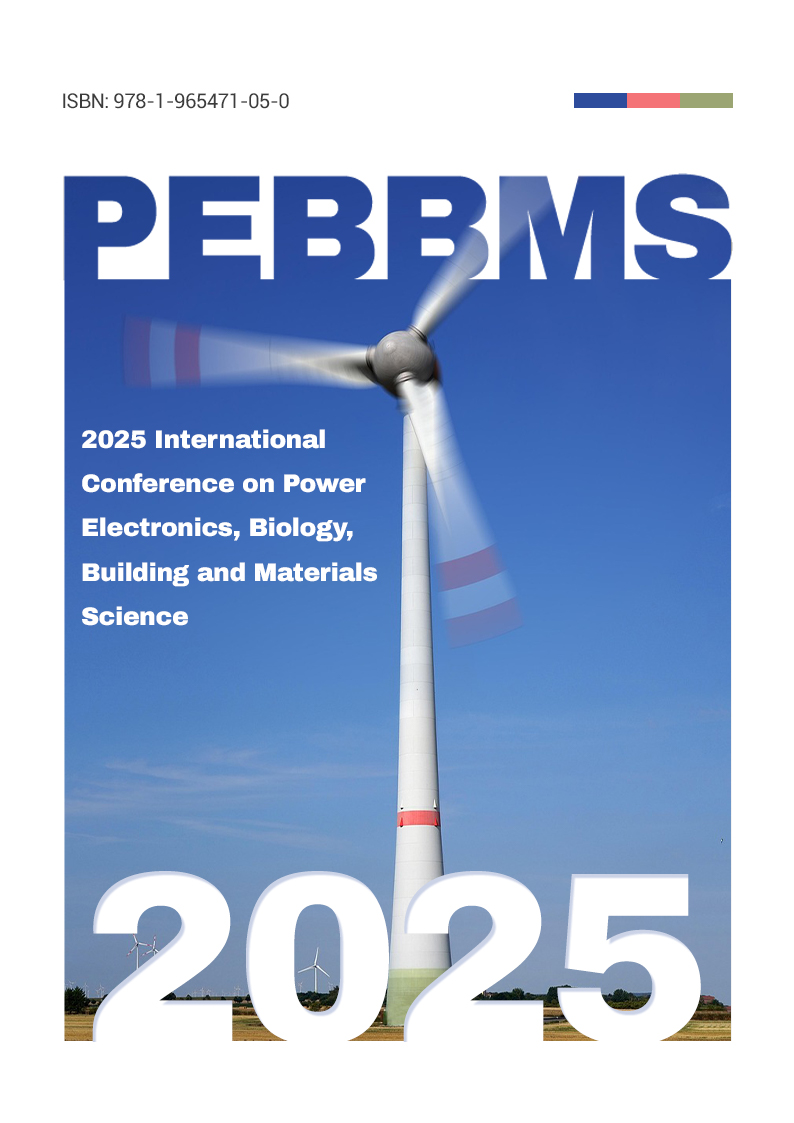The Impact of Fuel Type on Emissions in High-altitude Cities: A PEMS Study of LPG/Gasoline and Gasoline Vehicles

Authors:
Meng Lyu, Meili Lyu, Boyang Li, Yanming Yang, Hao Wen, Yongwei Wang
Keywords:
Real-world emissions; LPG; gasoline; high-altitude
Doi:
10.70114/acmsr.2025.3.1.P269
Abstract
To determine whether liquefied petroleum gas (LPG)/gasoline dual-fuel vehicles reduce atmospheric pollution in high-altitude cities compared to gasoline vehicles, experiments were conducted on two LPG/gasoline and two gasoline vehicles in a high-altitude city using a portable emissions measurement system (PEMS), and real-world emissions from two gasoline vehicles in a low-altitude city were also analyzed. The emission factors were obtained and the effects of driving mode, speed, and acceleration on emission characteristics were examined. Results show that the mean emission factors of CO₂, CO, and NOx for LPG/gasoline-fueled vehicles in high-altitude cities are 159.22±11.81, 18.38±9.72 and 1.53±0.46 g/km, and those for gasoline-fueled vehicles are 226.64±27.80, 1.46±0.83 and 0.22±0.17 g/km. For gasoline vehicles in low-altitude cities, the emission factors are 188.01±4.82, 2.21±0.67 and 0.07±0.003 g/km. Unlike CO₂, CO and NOx emissions from LPG/gasoline vehicles are higher than those from gasoline vehicles. Further analysis indicates that idle and accelerating modes significantly affect CO and NOx emissions. In high-altitude tests, these two modes account for about 24.5% and 31.2% of total testing time, respectively, with higher emissions than low-altitude vehicles (22.5% and 27.7%). Generally, gasoline-fueled vehicles exhibit better gaseous pollutant emissions behavior than LPG/gasoline-fueled ones. These findings can serve as a reference for developing emission inventories and emission-control strategies in high-altitude cities


